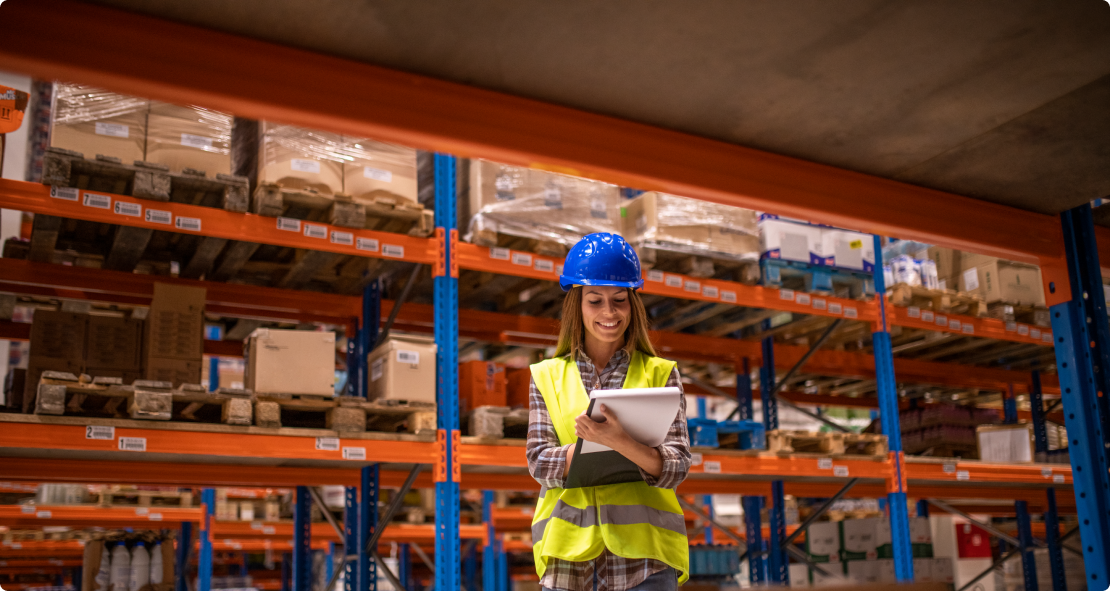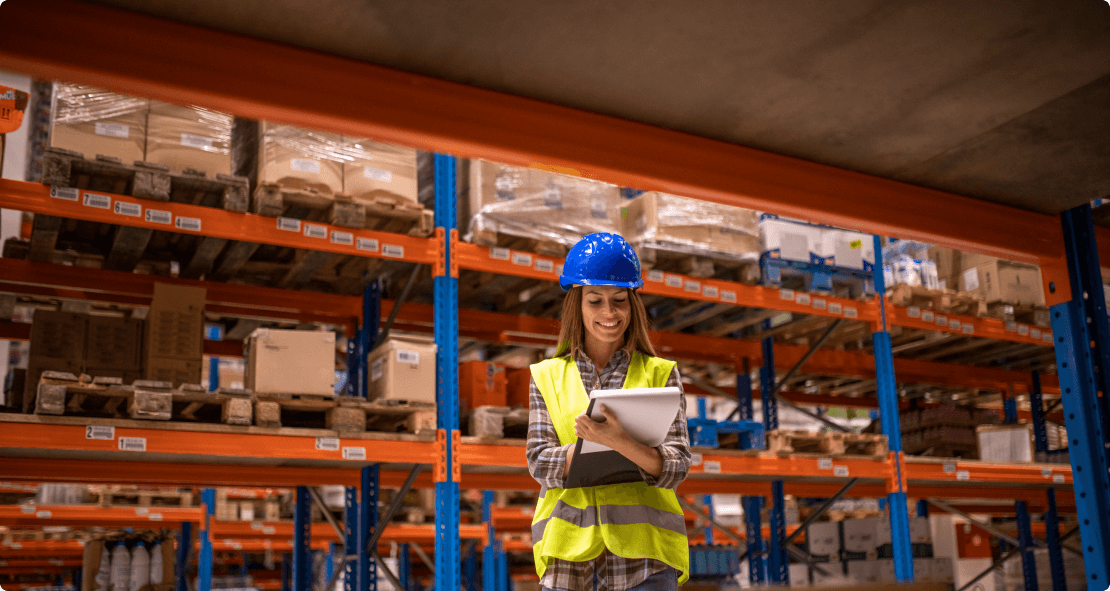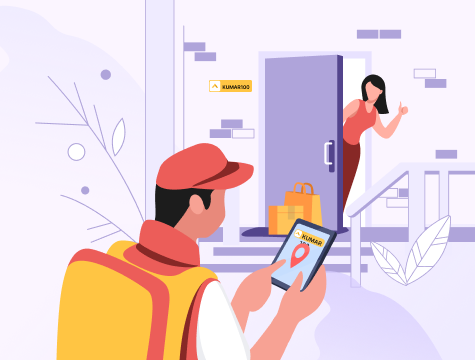The logistics industry is one of the fastest-growing industries in the world, with an increasing demand for faster, more efficient delivery of goods. As a result, businesses in this sector are constantly searching for innovative solutions to improve their operations and stay ahead of the competition. Geofencing technology is one such solution that has revolutionized the logistics industry in recent years.
What is Geofencing?
Geofencing is a location-based technology that allows businesses to create virtual boundaries around a specific geographic area. These boundaries, known as geofences, can be created using GPS, Wi-Fi, or cellular data. When a user or object enters or exits the geofenced area, the system automatically triggers a pre-defined action, such as a notification, alert, or action.
Common Uses of Geofencing
Geofencing technology has a wide range of applications across different industries, including retail, healthcare, transportation, and logistics. Some common uses of geofencing include:
Marketing: Retail businesses can use geofencing technology to send targeted promotions and offers to customers when they are near their stores.
Security: Geofencing technology can be used to secure restricted areas and prevent unauthorized access.
Fleet Management: Geofencing technology is widely used in the transportation industry to track the location of vehicles and optimize routes.
Asset Management: Geofencing technology can be used to track the location of high-value assets, such as cargo containers, and alert users when they are moved outside of the designated area.
How Can Geofencing Help the Logistics Industry?
Geofencing technology has many benefits for logistics organizations, including:
Real-time Tracking: Geofencing technology allows logistics companies to track the location of vehicles and assets in real-time, enabling them to optimize routes, reduce delivery times, and improve customer satisfaction.
Improved Safety: Geofencing technology can be used to alert drivers when they are entering hazardous areas, such as construction zones or high-traffic areas, reducing the risk of accidents.
Better Compliance: Geofencing technology can help logistics companies ensure compliance with regulations by creating virtual boundaries around restricted areas, such as airports or military bases.
Enhanced Security: Geofencing technology can be used to secure high-value cargo by creating virtual boundaries around storage facilities and alerting security personnel when unauthorized access is detected.
Pataa Geofencing Solutions for Logistics Organizations
Pataa’s geofencining solutions can be utilized to create a variety of areas and zones to aid in the sorting and allotment of parcels. This sorting can greatly help alleviate operational costs and help in optimization of the whole sorting process ensuring quicker deliveries of parcels. Parcels of a designated can be sorted to the closest warehouse from which, different delivery personnel can be sent out to different delivery zones on the basis of the geofences created, ensuring no deliveries are missed or sent to the wrong location. Geofences can also be created around areas and marked serviceable or unserviceable to ensure all parcels are sent out to the correct zones and delivery is carried out as expected.
Geofencing technology has many benefits for logistics organizations, including real-time tracking, improved safety, better compliance, and enhanced security. Pataa’s geofencing solutions offer a wide range of features to help logistics companies optimize their operations and stay ahead of the competition. As the logistics industry continues to grow exponentially, an increased need for sorting and allotment optimization will prevail and we will continue to develop our solutions continually to aid the logistics industry.






